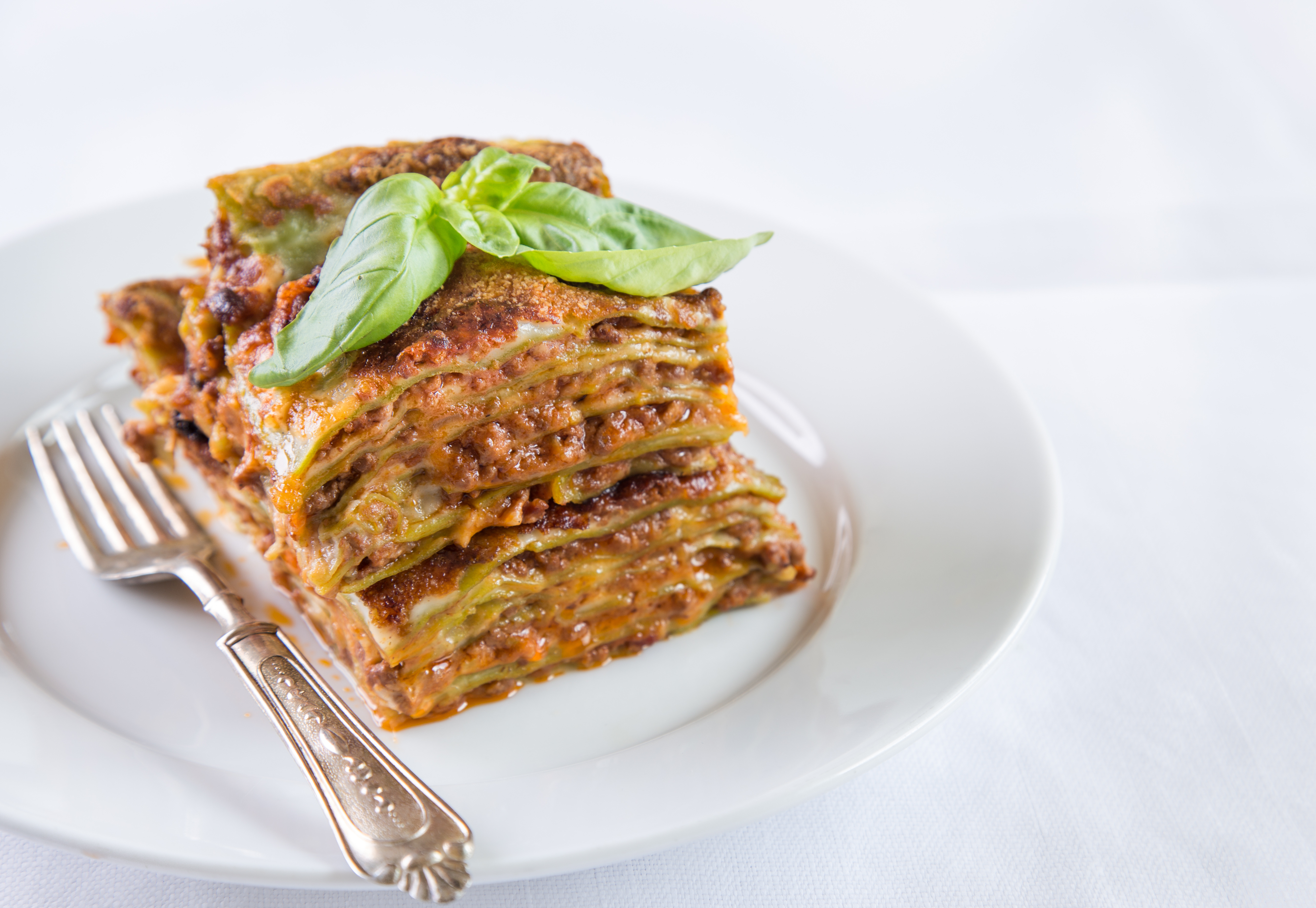Spoiler: The gastronomy of Emilia Romagna is the best known by Italians
May will see the release of the Italian Tourism Report 2023, a national document designed for institutions and operators in the food and wine sector, which is used to understand the trends in Italian tourism and refine local, provincial and regional products to better respond to the (stomach) desires and needs of the contemporary tourist.
According to the anticipations provided, not all the people interviewed were able to attribute a typical dish of the said territorial area to each of the 21 Italian regions.
Among the most cited products such as wines, cold cuts, meats, first courses and various cheeses, Emilia-Romagna dominates the ranking. Naming this region, in fact, over 80% of the interviewed people were able to indicate at least one typical local dish. The symbol of this land for Italians are tortellini and piadina. We know, however, that the varied region is the cradle of other delicious flavours. Here are the 5 most typical Emilia-Romagna dishes!
 Tortellini
Tortellini
Fundamental preamble: if tussling with some Emilia-Romagna is not on your must-do list, be careful not to confuse this delicacy with cappelletti, similar, we grant you, but with very different recipes, ingredients and legends!
Tortellini is a typical stuffed pasta of Bolognese origin, beloved by children and the elderly alike, typically served in a delicious meat and vegetable broth that simmers for hours before being cleaned of excess fat and used to cook the beloved pasta. Its filling is a balancing act between pork loin, Parma ham, mortadella bolognese, Parmigiano Reggiano, eggs and that pinch of nutmeg that leaves a savoury sensation on the palate when finished. Delicate in flavour, tortellini in brodo are the ultimate dish to warm hungry hearts at a traditional Sunday lunch in the Emilia-Romagna region.
Piadina
Born amid poverty and the grumbling of hunger, piadina is a symbol of history, tradition and tasty simplicity. There are mainly two types of recipes: one made with extra virgin olive oil, which is finer and crispier, the other with lard and milk, which remains slightly softer. If you happen to sit in a restaurant, you will find slices of piadina romagnola hidden here and there in the bread basket. But this product, in addition to being used as an accompaniment and the basis of delicious scarpette, is also a streetfood dish that is served folded in half-moons and stuffed. The famous piadinari are, in most cases, little houses you find on the street with red and white stripes towards the Forlì and Cesena area, green and white towards the Ravenna area. The most common ways to eat a good piada are stracchino and rocket, prosciutto crudo and squacquerone, and prosciutto cotto and mozzarella, but you will be surprised at the infinite number of fillings these little kiosks can offer!
For some a heresy, for others a discovery these days, new piadinari are springing up on the Rimini Riviera that, instead of cured meats, offer fish sausages. Among the best-selling combos, it is worth trying the piadina with salmon mortadella and swordfish accompanied by squacquerone, arugula and salmon speck, finishing with red radicchio, taleggio and toasted walnuts. Many locals will turn up their noses, but that is also the beauty of the piadina: it evolves as tastes change, transforming without ever losing its signature simplicity.
 Tagliatelle al ragù
Tagliatelle al ragù
This Bolognese delicacy really needs no explanation. In the tradition of yesteryear, tagliatelle were made by the sfogline, elderly women who were responsible for rolling out the puff pastry by hand. Nowadays this role is covered by men and women, young and old, and the rolling pin in hand remains a classic for surprising the palate of those who taste the pasta with its characteristic roughness and pleasant texture. The ragù, which takes hours to cook, is made from a mixture of meats simmering between soffritto and tomato sauce. Don't forget a sprinkling of Parmigiano Reggiano over the steaming dish and the final scarpetta!
Tigelle
Street food on par with piadina and also often served between slices of bread and breadsticks at restaurant tables, tigelle are another delicious red flag not to be trifled with: although we often get confused, crescentine and tigelle are two quite different dishes, both in terms of ingredients and cooking! The confusion of terms stems from the fact that in Modena, tigelle Bolognese are called crescentine, and tigelle Bolognese are called gnocco fritto instead.
We know, it's chaotic, but let's try to simplify: crescentine (or for the Modenese, fried gnocchi) are made from a dough of water, salt, lard and milk, rolled out and cut into irregular shapes, then fried, typically in lard. Tigelle (called crescentine by those who want to rile up a Bolognese), on the other hand, are small round discs that swell slightly when cooked and remain soft. They owe their name to the terracotta tool used to cook them and typically feature the engraved cooking design of the Flower of Life, of uncertain cultural origins but probably related to the concept of female fertility. Both dishes are stuffed with cured meats and cheeses, and although they are quite different, they are both mouthwatering.
Green lasagna
In Emilia-Romagna, you never run the risk of going hungry! Legend has it, in fact, that no family has ever finished a pan of lasagna without putting down their fork to unbutton their pants (just kidding). It is a delicacy composed of alternating layers of ingredients: at the base is the egg pasta sheet, characterized by a rough texture thanks to the use of the rolling pin; between one layer of pasta and the next, we then find the typical Bolognese meat sauce accompanied by the béchamel sauce, which makes everything even more mouthwatering. This layered goodness is composed of 4 or 6 thicknesses of puff pastry, which the Bolognese say must be thin "enough to see San Luca," a shrine located on a mountain outside the city center gates. In Italy usually the pastry is yellow, but in Emilia Romagna you will find it in a premium version: green lasagna made with spinach, impossible not to fall in love with it! Did you know that nettles were once used to achieve this color?
Cotoletta alla Bolognese
After so many first courses and carbohydrates, we want to offer you a meat-based second course: the delicious Cotoletta alla Bolognese. You pass the meat tenderizer over the slices of veal that will be soaked in beaten egg, then in breadcrumbs and straight into the pot! Here, between the sizzle of butter and a ladle of meat stock to accompany the cooking, after a handful of minutes a slice of prosciutto and Parmigiano Reggiano are piled on the cutlet. Once the ingredients have melted, cooked and blended, serve it all with a drizzle of tomato sauce. Crispy, stringy and flavorful, Cotoletta alla Bolognese in Emilia-Romagna is often featured on children's menus but highly recommended for more adult palates as well!
Is your tummy growling and your appetite rising? Let's stop torturing you, take a look at our food and wine tours and book some tasty adventures!



